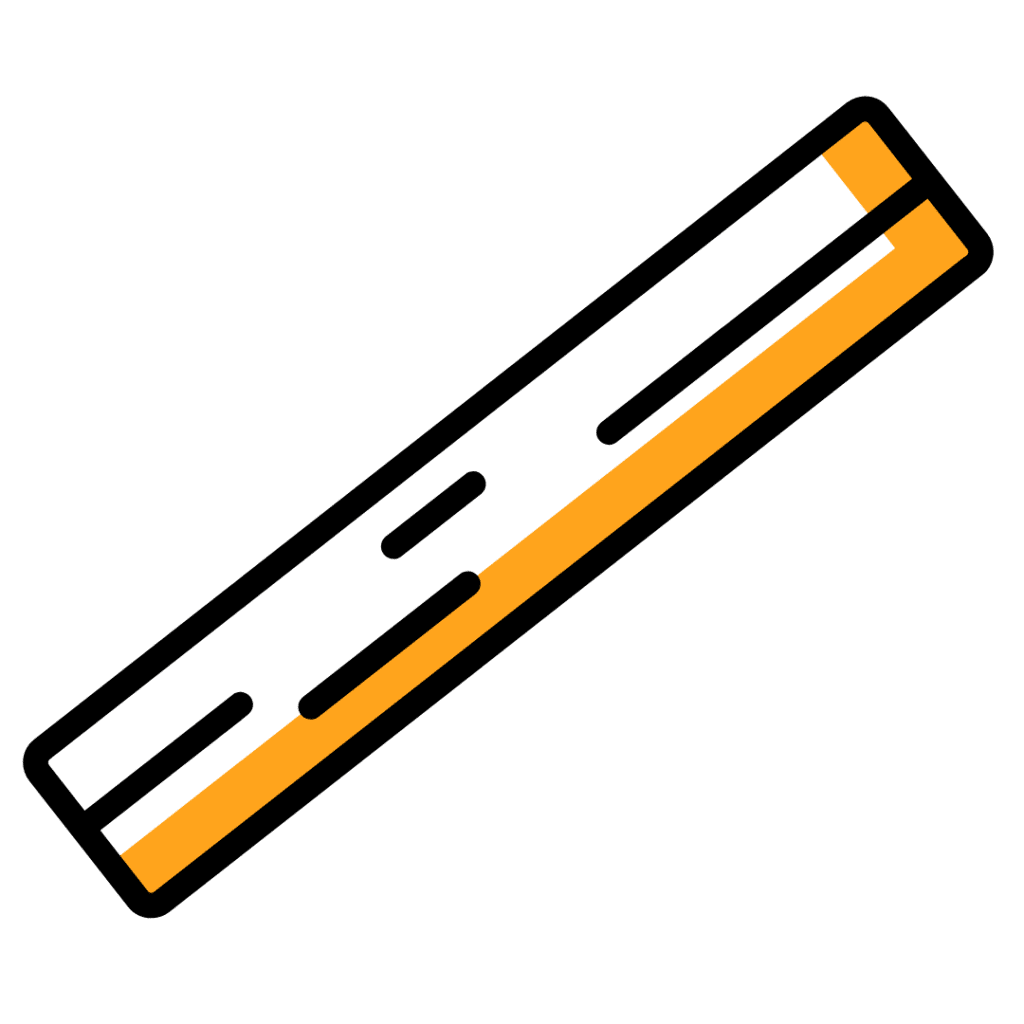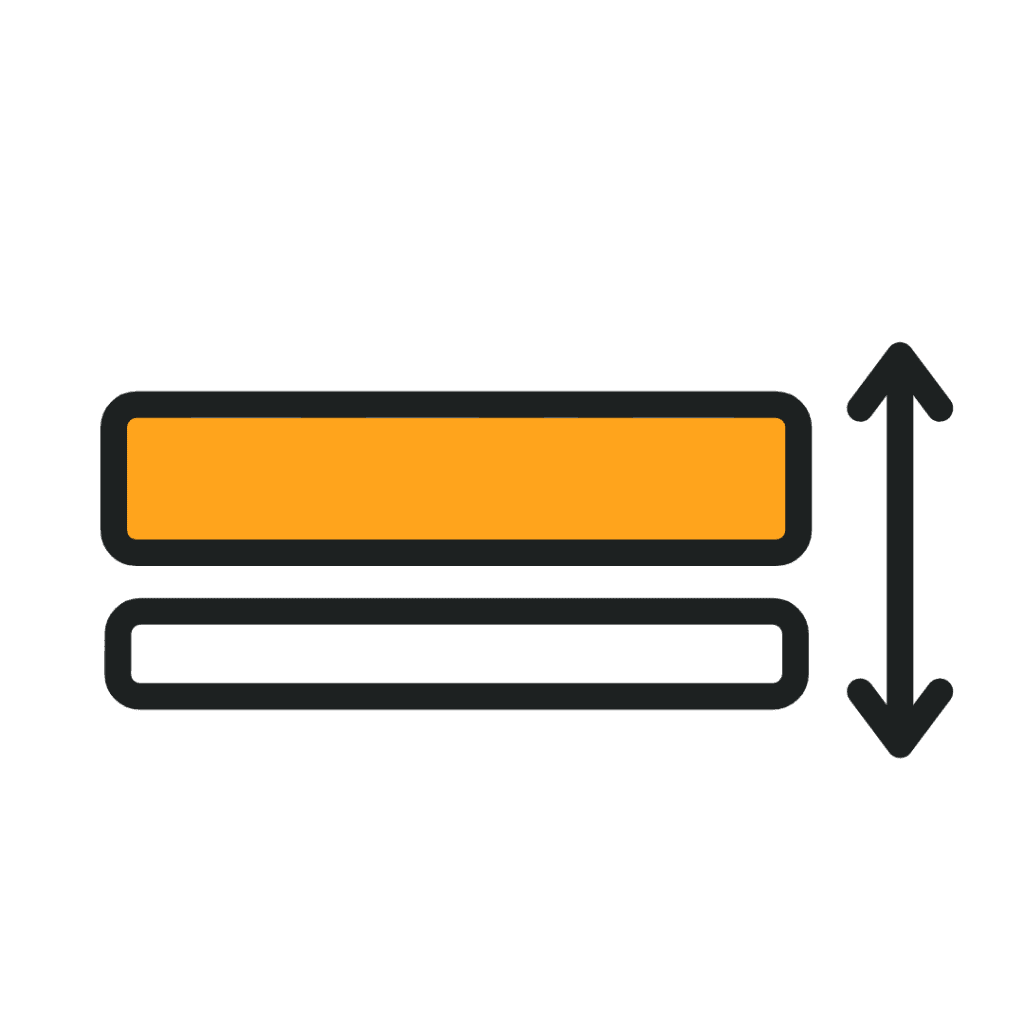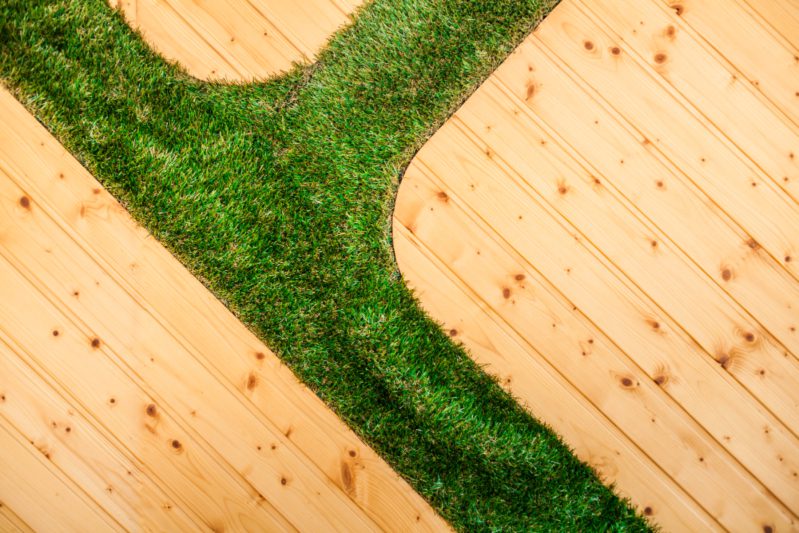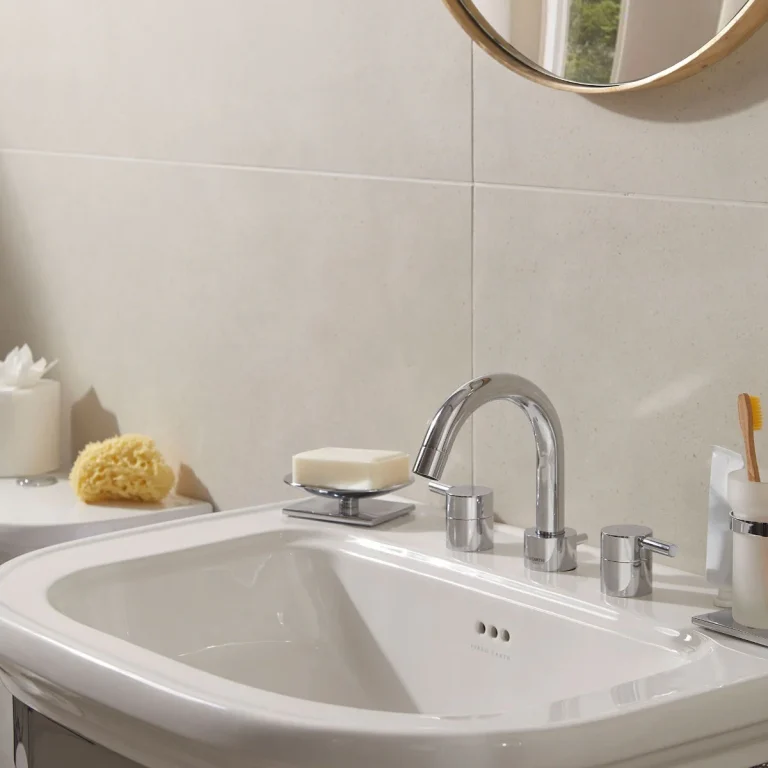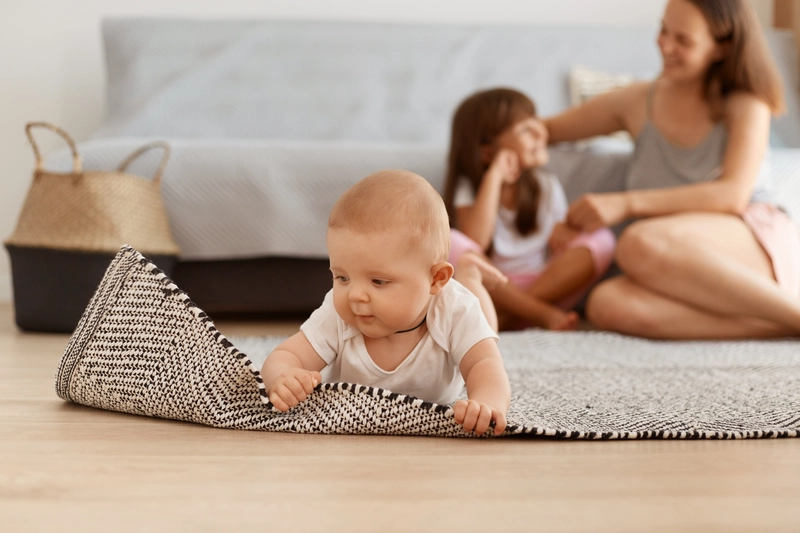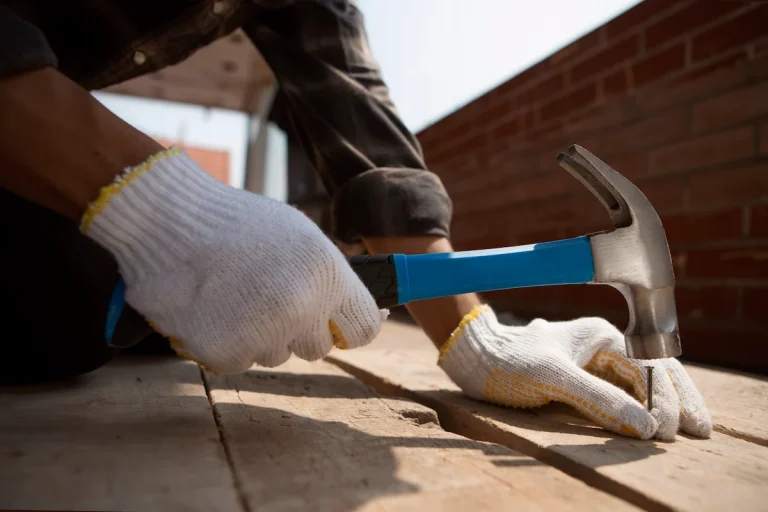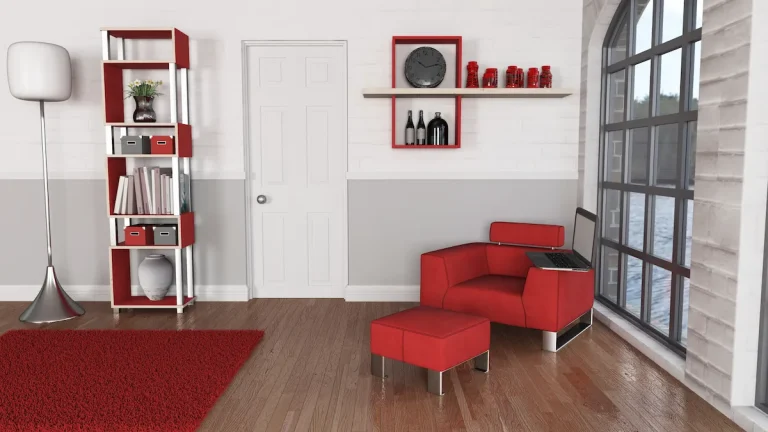Some people may think twice about choosing artificial grass to replace their concrete flooring as they assume that artificial grass is expensive and/or have little idea of how to lay artificial grass on concrete.
This is because, in general, most people have concrete flooring for their backyard and having that kind of flooring may be as boring as it is used by many already. That is where artificial grass comes in, helping revitalize people’s flooring by replacing mundane flooring with easy-to-install artificial grass.
You would also be surprised that artificial grass is long-term beneficial for the user and how easy it is to install on concrete flooring and worry less because, in this article, you will learn a lot as well as quickly on how efficient it is to use artificial grass for your needs and how easy it is to install it, especially on the concrete floor.
The Benefits of Having Artificial Grass
1. Less Maintenance
Compared to natural grass, artificial grass is a lot cheaper as it requires less to no maintenance. It does not need trimming, watering, or pesticides to keep pests away. This reason should make most people consider laying artificial grass on concrete.
2. Built For a Good Drainage System
If you care so much for your environment, artificial grass should definitely be your outdoor flooring choice. Today’s synthetic lawn is designed to have small holes to drain water on its surface easily. Rain, water puddles, or other sources of water should come through artificial grass breezily.
3. Keeps You Green
One of the most favoured benefits of having artificial grass is its ability to maintain its green colour despite the extreme weather, low maintenance, and long periods of time.
Its long-lasting prowess to endure all kinds of outdoor hardships, as well as its capability to sustain the fresh green colour, becomes the main selling point of artificial grass to replace your concrete flooring.
Also, the choice of colour comes in different shades such as Summer Days Bloom, Summer Days Evening Shade, Summer Days Sherwood, and still many others that suit your preference.
It is clearly a no-brainer choice to make when it comes to covering your already-built concrete floor with artificial grass. However, you may have been wondering how to lay artificial grass on concrete.
Questions such as ” Can you lay artificial grass on concrete?” and “Do you need an underlay for artificial grass on concrete?” may have lingered on your mind for quite some time since the beginning of this article. Worry no further! We will be answering those questions below through the simple tutorial on how to install synthetic grass.
Materials Needed to Lay Artificial Grass on Concrete
Choosing artificial grass for your concrete surface can transform a dull, lifeless area into a vibrant, green space suitable for children and play areas, providing both aesthetic and functional benefits.
To successfully install artificial grass on concrete, you’ll need a variety of tools and materials to ensure a smooth and long-lasting project.
a. Artificial Grass
Artificial grass, also known as turf, is designed with durable fibres that mimic the look and feel of natural grass.
There are various types of artificial grass available in the market to cater to different needs. For instance, nylon turf is extremely resilient and suitable for high-traffic areas such as sports fields or playgrounds.
On the other hand, polyethylene grass is softer and more realistic, making it ideal for residential lawns and landscaping. When selecting artificial grass, it is crucial to opt for high-quality turf to ensure longevity and maintain a lush appearance. Investing in top-tier turf not only guarantees durability but also enhances the overall aesthetic of the outdoor space.
See product: Summer Days Bloom
b. Adhesive Glue
Adhesive glue is crucial for securing the artificial grass to the concrete surface, ensuring it stays in place.
There are various types of adhesive glues designed for different surfaces and conditions. Some common varieties include polyurethane adhesives, synthetic resin adhesives, and solvent-based adhesives, each with its unique properties and applications.
To properly apply the glue, ensure the surface is clean, dry, and free of any debris that could hinder adhesion. Apply the adhesive evenly in a thin layer to avoid clumps, bubbles, or uneven drying.
It’s essential to follow the manufacturer’s instructions regarding drying times and temperature conditions to achieve maximum bond strength. Proper application of adhesive glue not only ensures the longevity of the artificial grass but also prevents any issues during installation.”
c. Measuring Tape
A tape measure is essential for accurately measuring the concrete area to ensure the artificial grass fits perfectly.
Precision is key when it comes to cutting the turf to fit precisely into your desired area. To measure accurately, start by determining the length and width of the space you want to cover. Use the tape measure to get precise measurements, making sure to account for any curves or irregularities in the shape. Remember to double-check your measurements to avoid any mistakes. Mark the cutting lines with chalk or use stakes and strings to outline the area for a clean cut.
d. Utility Knife
A utility knife is used to cut the artificial grass to the required size and shape for the concrete surface.
When using a utility knife to cut artificial grass, it is crucial to ensure that the blade is sharp. Sharp blades not only make the cutting process smoother but also result in cleaner and more precise cuts. This helps in achieving a professional finish and ensures that the edges of the synthetic turf blend seamlessly with the surrounding landscape.
e. Broom
A broom or brush is necessary for spreading the fibres evenly and ensuring a natural look of the artificial grass.
Regularly brushing the artificial turf with a stiff-bristled brush or broom is essential in maintaining its appearance and functionality. The brushing action helps lift and separate the grass blades, preventing matting and flattening caused by foot traffic or weather conditions. Brushing redistributes infill materials, such as sand or rubber, ensuring even distribution and minimising uneven surfaces.
By incorporating brushing into your turf maintenance routine, you not only enhance the aesthetic appeal of the artificial grass but also promote its longevity. Brushing helps to aerate the infill layers, reducing compaction and enhancing drainage capabilities, which is crucial for the turf’s durability over time.
Preparing the Concrete Surface
Preparing the concrete surface is a crucial step to ensure the successful installation of artificial grass, as it involves cleaning and repairing the surface to make it even and smooth.
1. Cleaning the Concrete
Cleaning the concrete surface thoroughly with a garden hose removes dirt, debris, and any contaminants that could affect the installation.
After rinsing the surface, use a solution of water and mild detergent to scrub away any stubborn stains or residues. Rinse the area again with clean water to ensure all cleaning agents are removed. Once the surface is completely dry, inspect for any remaining debris or imperfections that may hinder the adhesion of the adhesive.
2. Repairing Any Damages
Repairing any damages, such as cracks or holes in the concrete surface, is essential to create a smooth and even base for the artificial grass.
To properly repair a concrete surface, start by cleaning the area thoroughly to get rid of any debris or loose particles. Next, use a concrete patching compound to fill in the cracks and holes, ensuring a level surface.
Proper curing of the patching material is vital to achieve long-lasting results. Once the patch is dry, consider applying a concrete sealer to protect the surface from water damage and prolong its lifespan. Remember, addressing all damages promptly can prevent further deterioration and costly repairs in the future.
The Step-by-Step of How to Lay Artificial Grass on Concrete Floor
Laying artificial grass on a concrete surface involves several meticulous steps to ensure a seamless and professional-looking installation, from measuring and cutting to securing the edges.
1. Plan Your Site
Before getting your first artificial grass, you should know well where to install the synthetic grass. Is it going to cover your whole lawn, or is it only going to cover the concrete floor partially?
All should be planned fully before installing everything so that you would not have excess artificial grass, or even worse; you will have weirdly uncovered areas in your yard.
2. Measuring and Cutting the Grass
Accurately measuring and cutting the artificial grass to fit the concrete area is crucial to avoid creasing and ensure the pieces align perfectly.
- Start by measuring the width and length of the space where the grass will be laid. Use a measuring tape to get precise dimensions, accounting for any curves or angles in the concrete area.
- Next, mark the measurements directly on the artificial grass material. When cutting, always use a sharp utility knife or scissors for clean edges. Remember to cut slightly larger than your measured dimensions to allow for adjustments.
2. Placing Your Artificial Grass
After you get your hands on your artificial grass, it should come in a rolled sushi-like form. Just unroll or unfold the grass according to your needs.
You will also need a cutter or utility knife to cut away the artificial grass to the shape that matches your area. A plywood or other flat, straight, ruler-like object can help you cut your artificial grass presentably.
3. Applying the Adhesive
Applying the adhesive glue evenly across the concrete surface and ensuring the joints are secure is vital for a durable installation.
When spreading the adhesive, it’s crucial to use a proper tool like a trowel or a roller to achieve uniform coverage. This ensures that the entire surface area is bonded correctly. Pressing down on the tiles firmly after placement helps in securing the joints properly, preventing any chances of lifting or unevenness. By taking these meticulous steps in the application process, you guarantee a long-lasting and stable flooring solution for years to come.
3. Securing the Edges
Securing the edges of the artificial grass with perimeter tape ensures the grass stays in place and prevents any movement over time.
Perimeter tape serves as a reliable method to keep the artificial grass neatly secured along its boundaries, providing a robust barrier against shifting or displacement.
By firmly attaching the edges with this specialised tape, you create a stable foundation that prolongs the longevity of your artificial grass installation.
Ensuring a secure edge is vital not only for maintaining the aesthetic appeal of the area but also for safeguarding the structural integrity of the overall turf surface, especially in high-traffic zones.
Maintenance and Tips for Artificial Grass on Concrete
Maintaining artificial grass on concrete is relatively easy, but following a few top tips can keep your surface looking pristine and extend its lifespan.
a. Brushing and Rinsing the Grass
Regular brushing and rinsing of the artificial grass helps keep the fibres upright and maintains the lawn’s natural appearance.
It is essential to make brushing and rinsing a regular part of your artificial grass maintenance routine to ensure its longevity and aesthetic appeal.
- Brushing: Use a stiff brush or broom to gently sweep the grass in the opposite direction of the grain. This simple action prevents matting and helps the fibres stand tall.
- Rinsing: Regularly washing the grass with a garden hose removes dust, dirt, and any organic matter that may accumulate. It is crucial to aim for a gentle spray to avoid damaging the turf.
By incorporating these simple tasks into your lawn care regimen, you can enjoy a lush and vibrant artificial grass surface throughout the year.
b. Removing Stains
Removing stains promptly with appropriate cleaning methods and tools, such as a brush, ensures your artificial grass stays clean and attractive.
When dealing with common stains like food, beverages, or pet urine on artificial grass, acting swiftly is crucial. Absorb any excess liquid or residue using a clean cloth or kitchen roll before applying a diluted cleaning solution.
For tougher stains like grease or oil, sprinkling bicarbonate of soda on the affected area can help absorb the substance before gently scrubbing it away. Remember, avoid using harsh chemicals or abrasive tools that could damage the artificial grass fibres.
By following these techniques, you can maintain the pristine look of your synthetic lawn and extend its longevity.
c. Avoiding Sharp Objects
Avoiding sharp objects on your artificial grass is important to prevent damage to the fibres and the underlying surface.
There are several types of sharp objects that should be avoided on artificial grass, including gardening tools, metal spikes or cleats, and sharp toys or objects. These items have the potential to cut or tear the grass fibres, leading to unsightly damage and compromising the overall appearance of your lawn.
When engaging in activities on your artificial grass, make sure to remove any sharp objects from your pockets or shoes to prevent accidental damage.
Regularly inspect the area for any sharp debris or objects that may have landed on the grass surface, removing them promptly to avoid any mishaps.
Consider placing barriers or signs to remind visitors to avoid bringing sharp objects onto the artificial grass area.
By taking these precautionary measures, you can help safeguard your artificial grass and prolong its lifespan, ensuring a beautiful and well-maintained outdoor space for years to come.
How was it? It is quite simple, right? However, if you still deem installing the artificial grass on the concrete floor as too puzzling for you, do not fret about it. You can still beautify your home using artificial grass with the help of professionals from our fitting service, who will fit the grass for you in no time.
If you want to change your mind about not using artificial grass instead of other kinds of flooring, several options such as Engineered Wood or Laminate flooring from TEKA Flooring are your great second option.
Read also:










